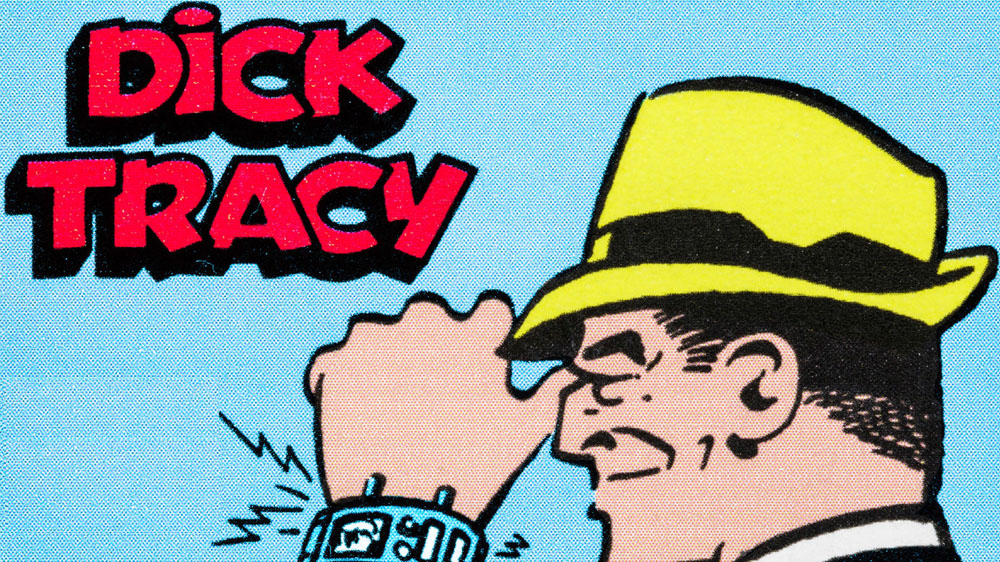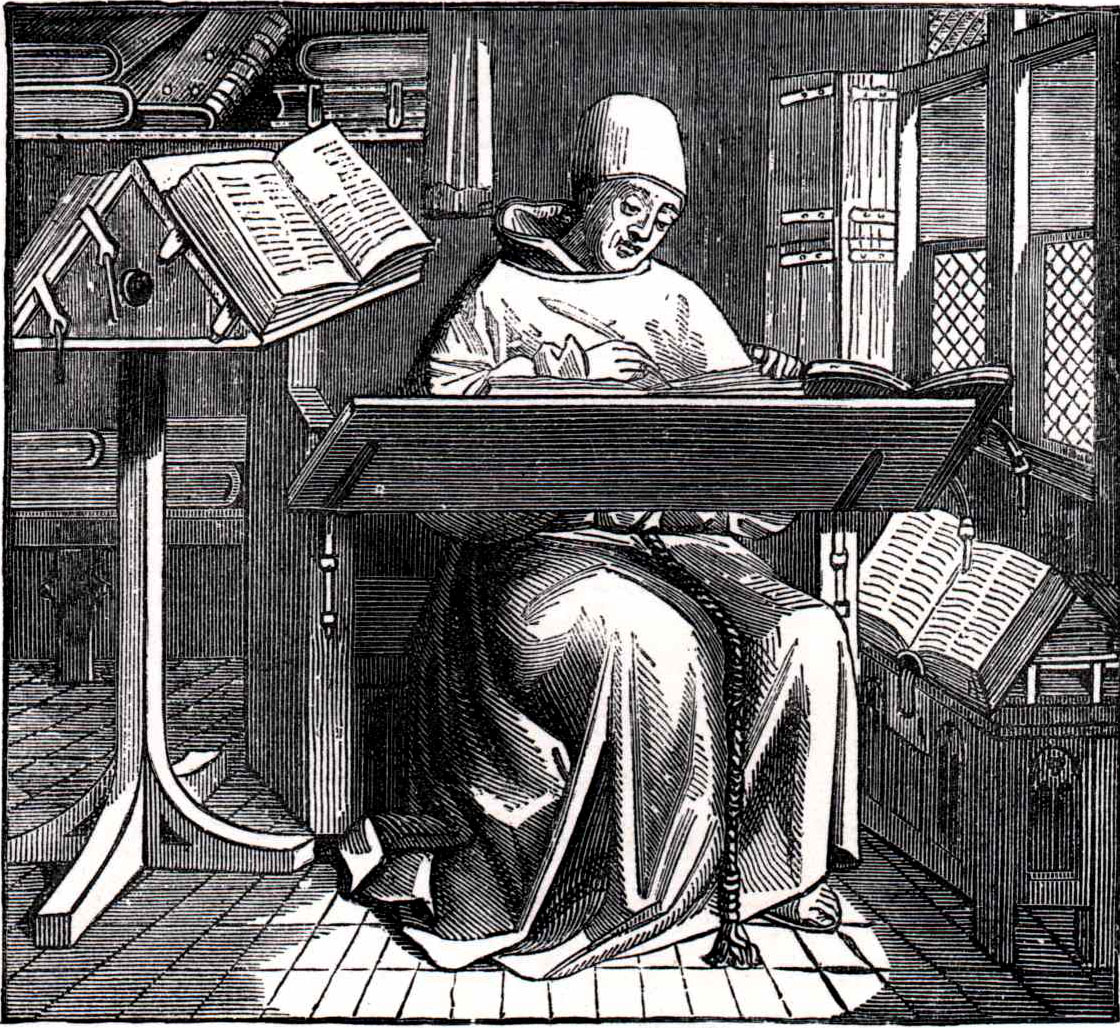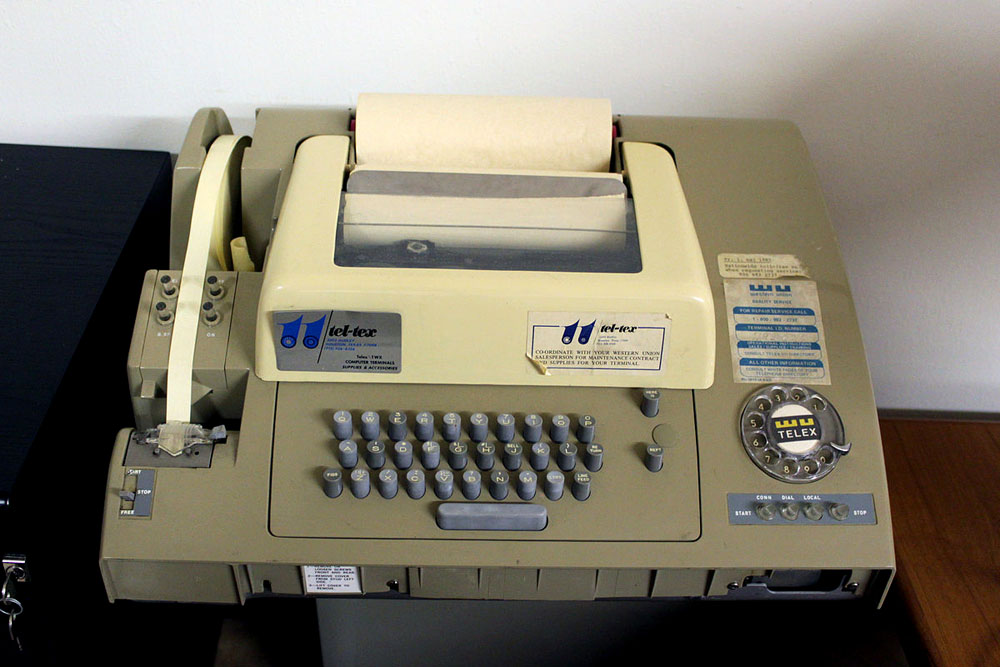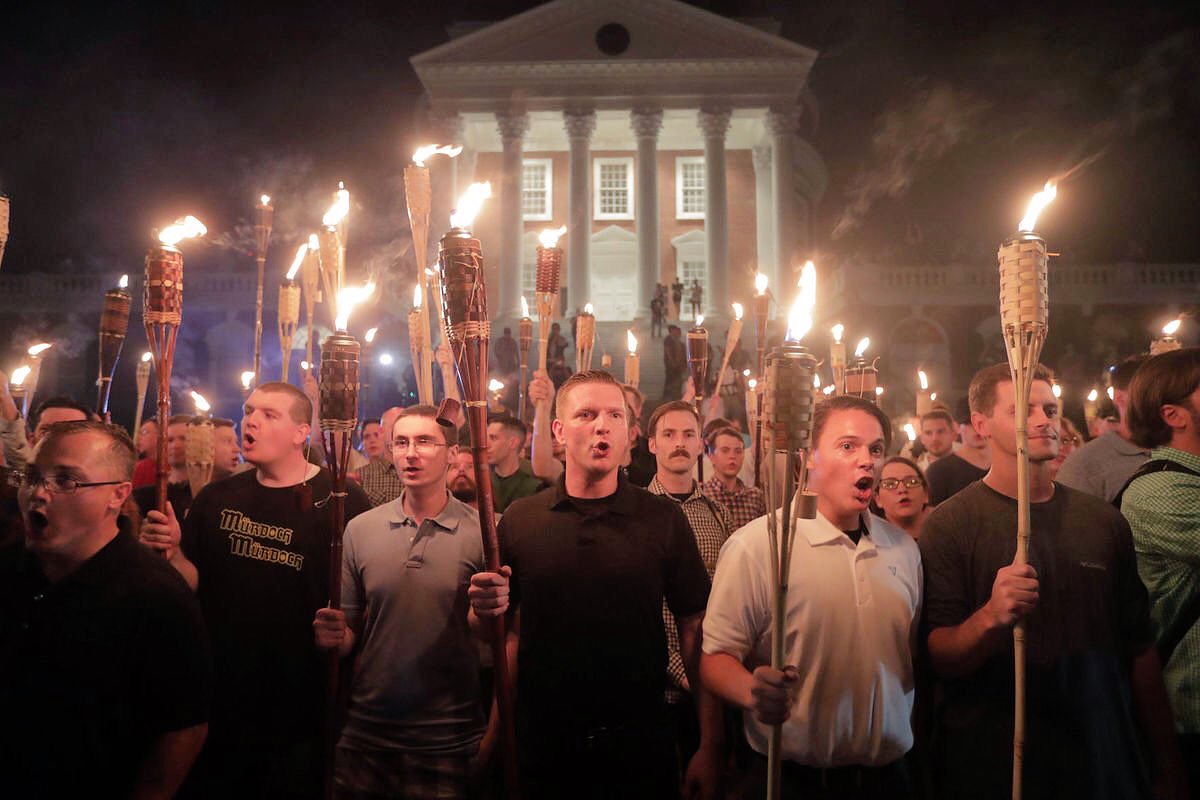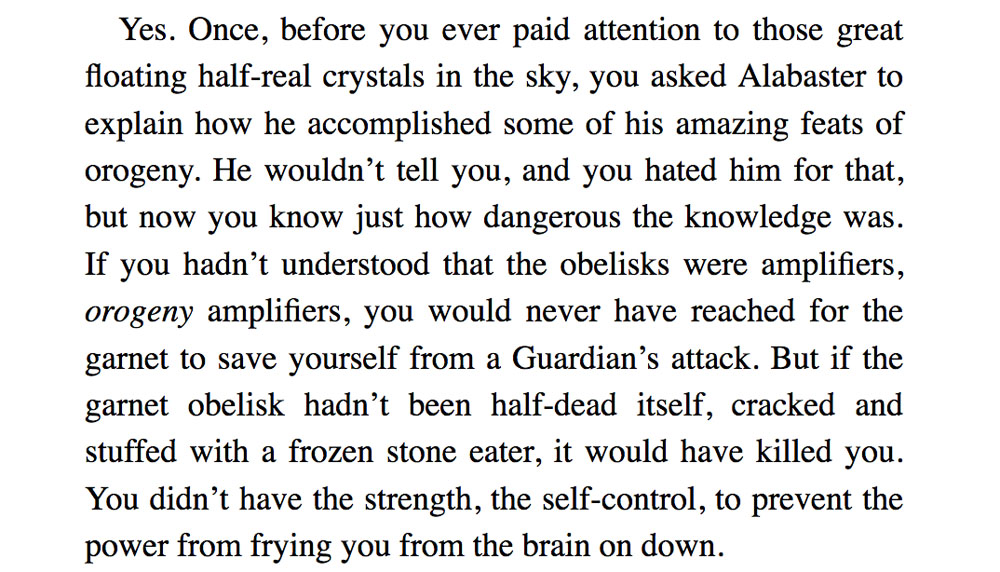Normally, Apple product rollouts don’t phase me. I take note of Apple’s new stuff and carry on without the slightest trace of lust to buy. My old iPad works just fine, my iPhone 5 works great, my 27-inch iMac will last for many years, the Apple TV is old but still useful, and I have not perceived any need for a watch that tracks my heart rate or that nags me about my calendar.
But Apple’s new watch, announced today, actually does something new and useful. It’s a cell phone and texting device, and it uses the same phone number as your iPhone. That’s progress. Dick Tracy’s dream of a two-way wrist radio — a dream that is almost 70 years old, seems to be a reality now.
Not since my working days have I regularly worn a watch. But I do like watches, as long as they’re absolutely accurate. I have an “atomic” watch that I wear sometimes if I’m traveling or otherwise have to keep to a schedule. The “atomic” feature, which sets the time using a radio signal from WWV, is always accurate to the second.
When Ken’s not here, I’m here alone. Though I’ve by no means reached the age at which I’m afraid of falling and not being able to get up, accidents can happen. When I’m mowing, for example, I always keep my cell phone in my pocket. Many older people pay for a device that they can carry, or wear around the neck, that’s always with them and that can summon help.
Plus, my iPhone 5 is a pocketfull. I’ve never lost it, but I’ve been known to leave it places. Then I have to run back and get it when I realize it’s missing. Just a couple of weeks ago, I left my iPhone on the counter at Whole Foods and had to dash back in from the parking lot to retrieve it.
So you see the justification for the new Apple watch that is taking shape in my mind — always there, not cumbersome, hard to lose, and available in emergencies.
Unfortunately, I’d have to upgrade my iPhone to use the new Apple watch, because my iPhone is a year or so too old to work with the cellular feature of the new Apple watch.
I’m not going to rush into this. But I’m very tempted. And I’d have to say that I’ve never regretted buying stuff from Apple.

